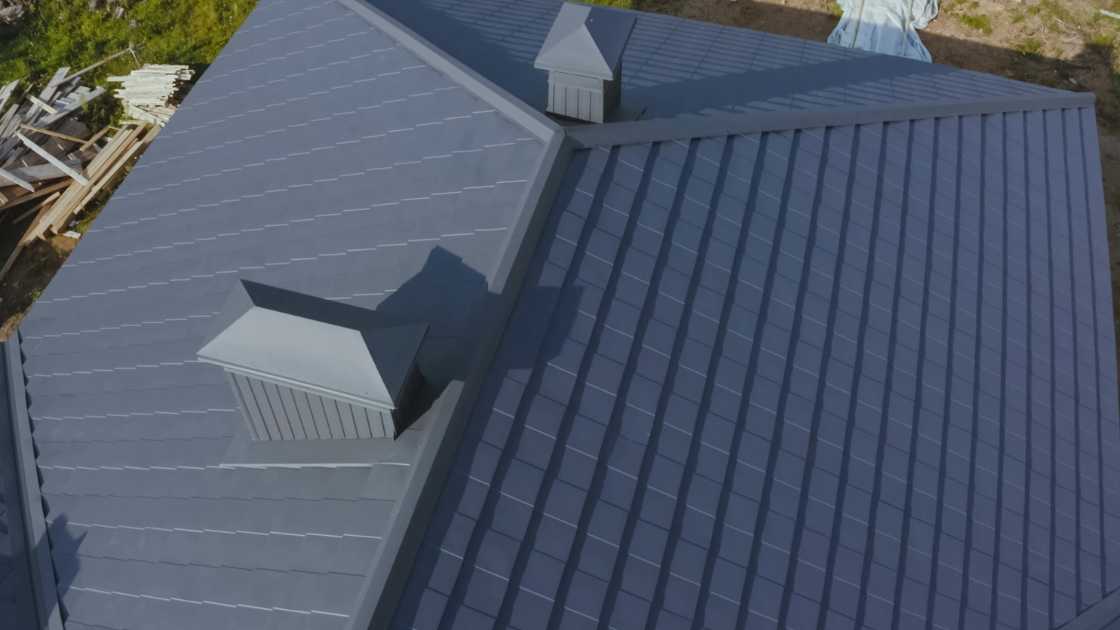
How to Remove Ice and Water Shield from Roof: A Comprehensive Guide
Ice and water shields are a critical component of roofing systems, providing protection against leaks and water infiltration. However, there are instances where you might need to remove it, whether due to repairs, renovations, or replacement. Removing ice and water shield requires careful attention to prevent damaging the roof and ensuring the process is executed safely and effectively.
There are 10 Effective Process to Removing Ice and Water Shield from Roof
Assessment and Preparation
Before diving into the removal process, assess the condition of your roof and determine the reason for removing the ice and water shield. If it’s damaged or needs replacement, gather the necessary tools and equipment for the task. You’ll need a utility knife, pry bar, roofing shovel, safety goggles, gloves, and a ladder.
Safety First
Prioritize safety throughout the process. Wear appropriate protective gear, including safety goggles and gloves, to shield yourself from debris. Ensure the ladder is stable and securely positioned before climbing onto the roof.
Working in Sections
Divide your roof into manageable sections for efficient removal. Start by choosing a corner or edge to begin the process. It’s essential to work in smaller sections to prevent any accidents or damage to the roof.
Softening the Adhesive
Ice and water shields are designed to adhere firmly to the roof’s surface. Soften the adhesive by using a heat gun or a hairdryer on a low setting. Hold the heat source a few inches above the surface to avoid causing any damage to the roof. The heat will make the shield more pliable, allowing for easier removal.
Peeling and Lifting
Gently peel off the softened ice and water shield using a pry bar or a roofing shovel. Take care not to apply excessive force, as this might cause damage to the underlying roof structure. Work slowly and methodically to lift the shield from the roof’s surface.
Scraping and Cleaning
After removing the ice and water shield, you might notice bits of adhesive residue left behind. Use a plastic scraper or putty knife to carefully scrape away any remaining adhesive. Take your time to avoid scratching or gouging the roof’s surface.
Inspecting the Roof Deck
Once the shield is removed, closely inspect the roof deck for any signs of damage or decay. Address any issues promptly to ensure the integrity of the roofing structure.
Installing New Shield (if needed)
If you removed the ice and water shield due to damage or replacement, follow the manufacturer’s guidelines for installing the new shield. Proper installation is crucial to ensure the roof’s long-term protection against leaks.
Proper Disposal
Dispose of the removed ice and water shield in accordance with local regulations. Some areas have specific guidelines for disposing of roofing materials, so be sure to follow them to minimize your environmental impact.
Professional Help
If you’re unsure about any step of the removal process or feel uncomfortable doing it yourself, it’s advisable to seek professional assistance. Experienced roofing contractors have the expertise and tools to carry out the task safely and efficiently.
FAQs
Why would I need to remove ice and water shield from my roof?
Ice and water shield is a crucial waterproofing layer installed on roofs to prevent leaks and water infiltration. However, there are situations where you might need to remove it. This could be due to repairs, renovations, or replacement of the roofing system. Removing the shield allows you to address underlying issues, make necessary repairs, or prepare the roof for new installations.
Can I remove ice and water shield myself, or should I hire a professional?
While it’s possible to remove ice and water shield yourself, it’s essential to proceed with caution. The process requires specific tools, such as a utility knife, pry bar, and roofing shovel, and involves working on a potentially slippery surface. If you’re comfortable with DIY projects and have some roofing experience, you can attempt the removal process. However, if you’re unsure about any aspect of the task or lack the necessary tools, it’s advisable to hire a professional roofing contractor. They have the expertise to ensure safe and effective removal without causing damage to your roof.
How do I ensure the safety of both myself and the roof during the removal process?
Safety is paramount when removing ice and water shield from your roof. Here’s how to ensure a safe removal process:
Wear Protective Gear:
Equip yourself with safety goggles, gloves, and appropriate footwear to protect against debris and potential accidents.
Stable Ladder:
If using a ladder, make sure it’s securely positioned on a level surface and adheres to ladder safety guidelines.
Work in Sections:
Divide your roof into manageable sections to prevent accidents and maintain control over the removal process.
Softening the Adhesive:
Use a heat gun or hairdryer on a low setting to soften the adhesive of the ice and water shield. Hold the heat source at a safe distance to prevent roof damage.
Gentle Peeling:
Use a pry bar or roofing shovel to gently peel off the shield, working slowly and carefully to avoid damaging the roof’s surface.
Proper Disposal:
Dispose of the removed shield according to local regulations to minimize environmental impact.
Conclusion
Removing ice and water shield from your roof requires careful planning, the right tools, and a focus on safety. Whether you’re tackling the project for repair purposes or preparing for a roof replacement, following these steps will help ensure a smooth and successful removal process. Remember, if you’re uncertain about any aspect, it’s always a wise decision to consult with roofing professionals to get the job done right.





